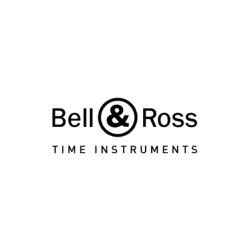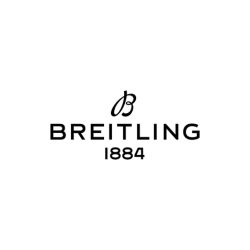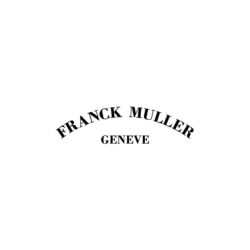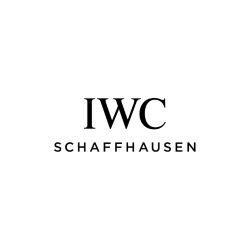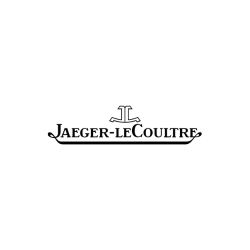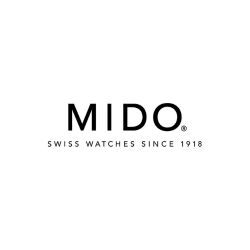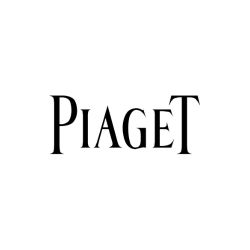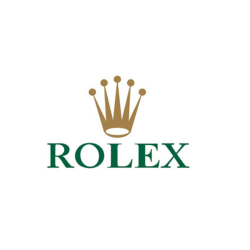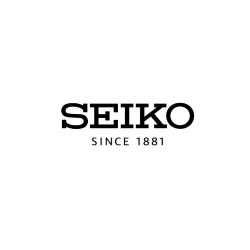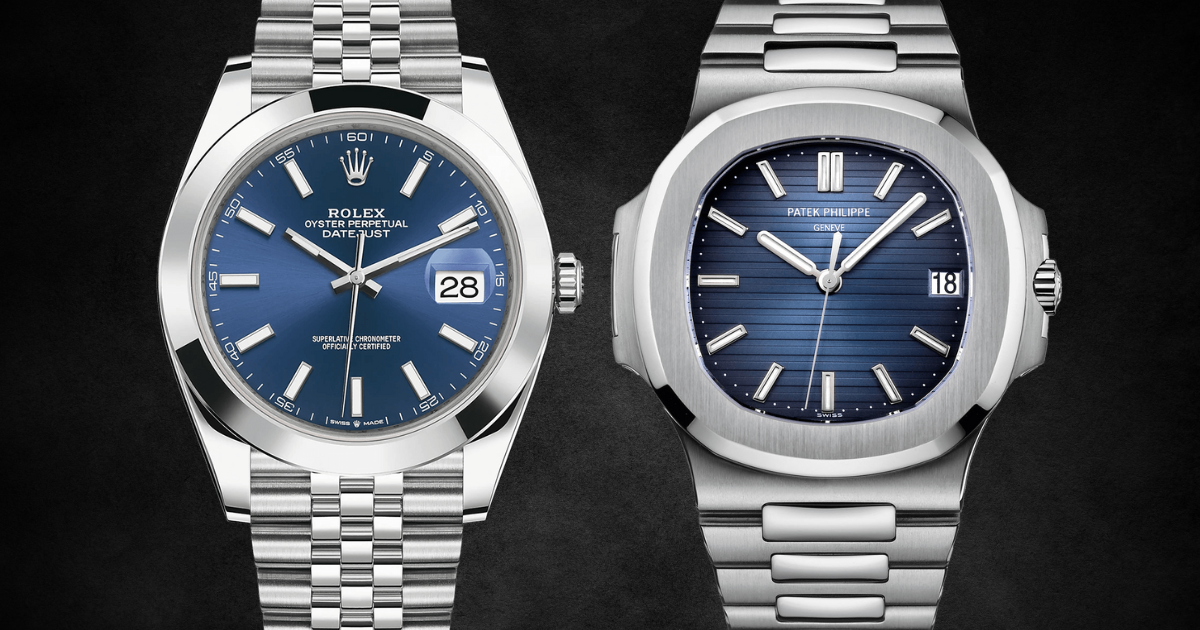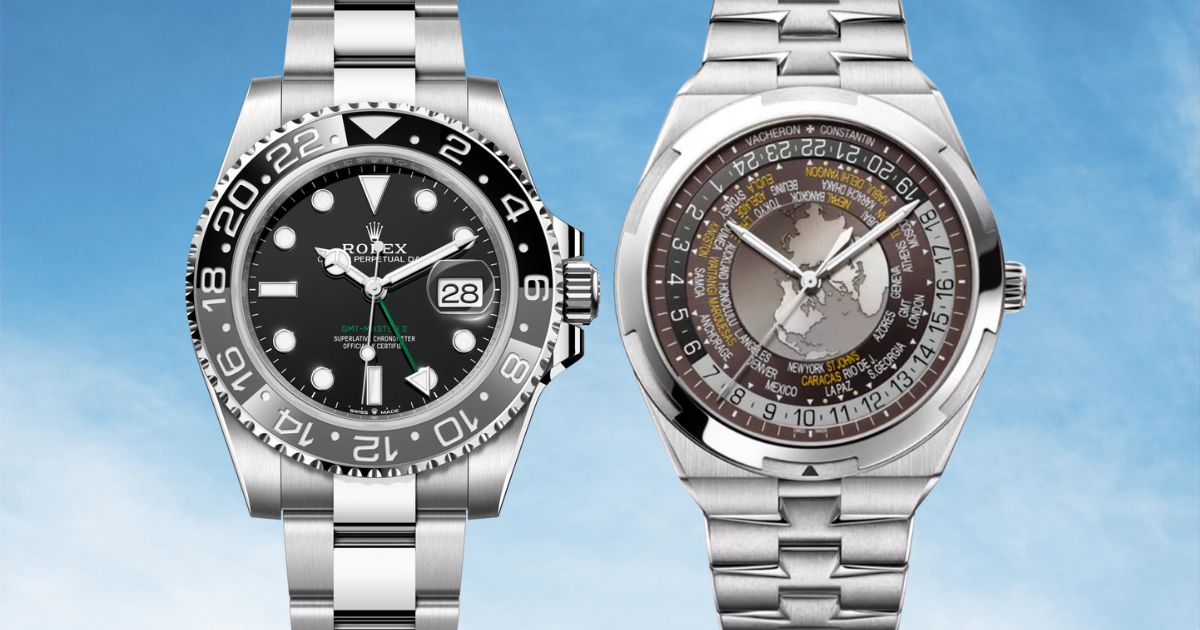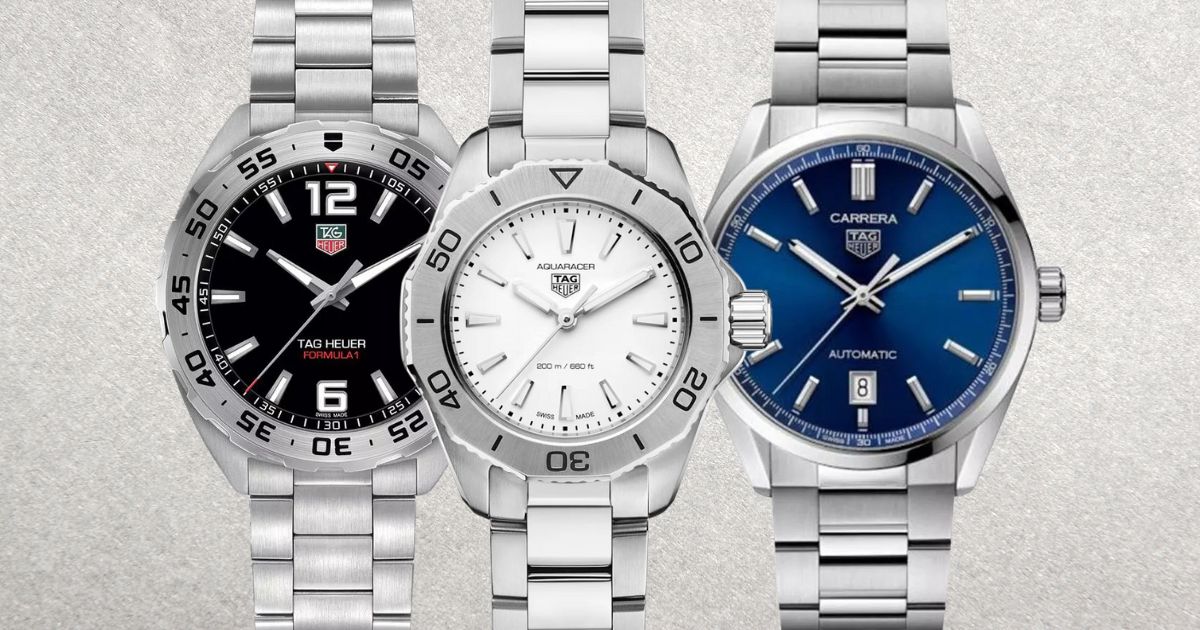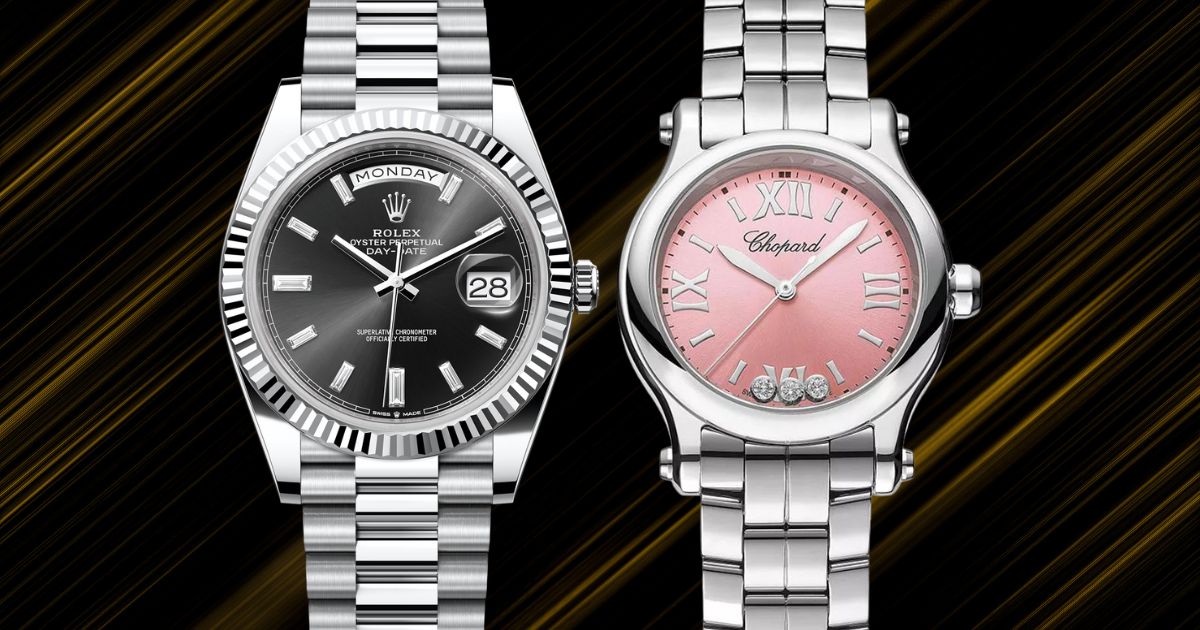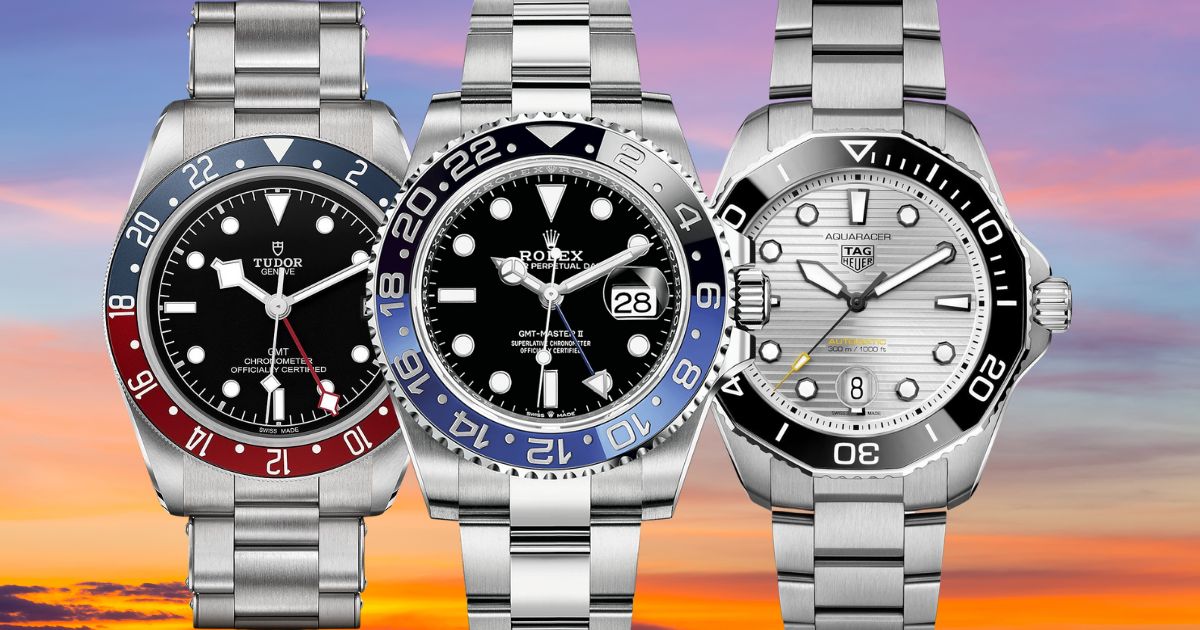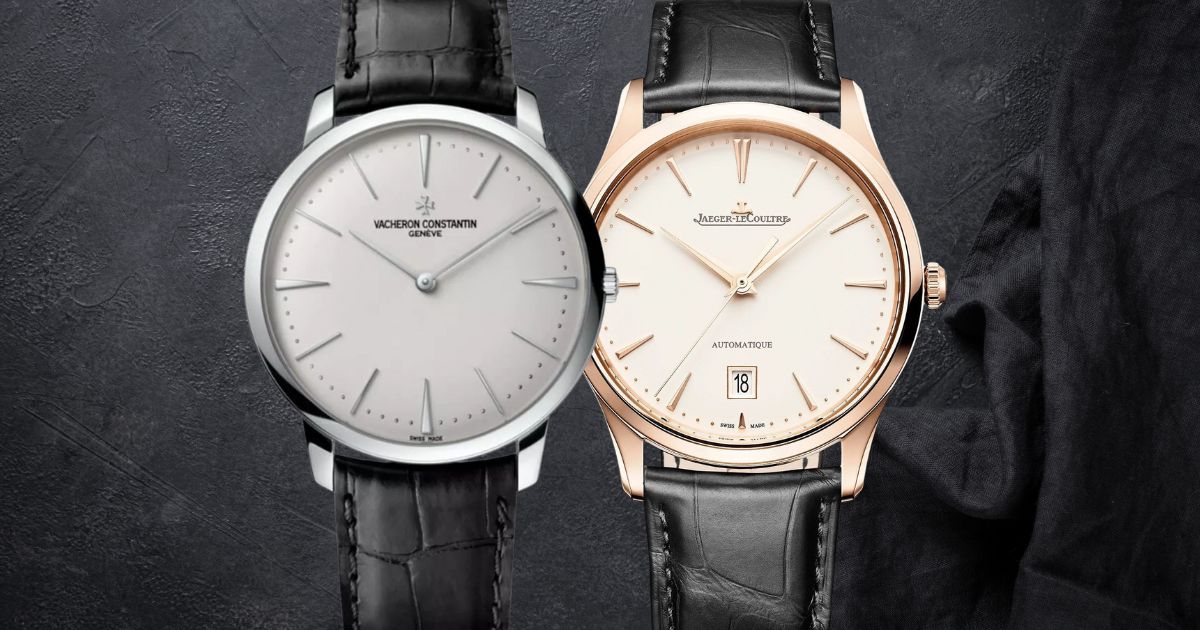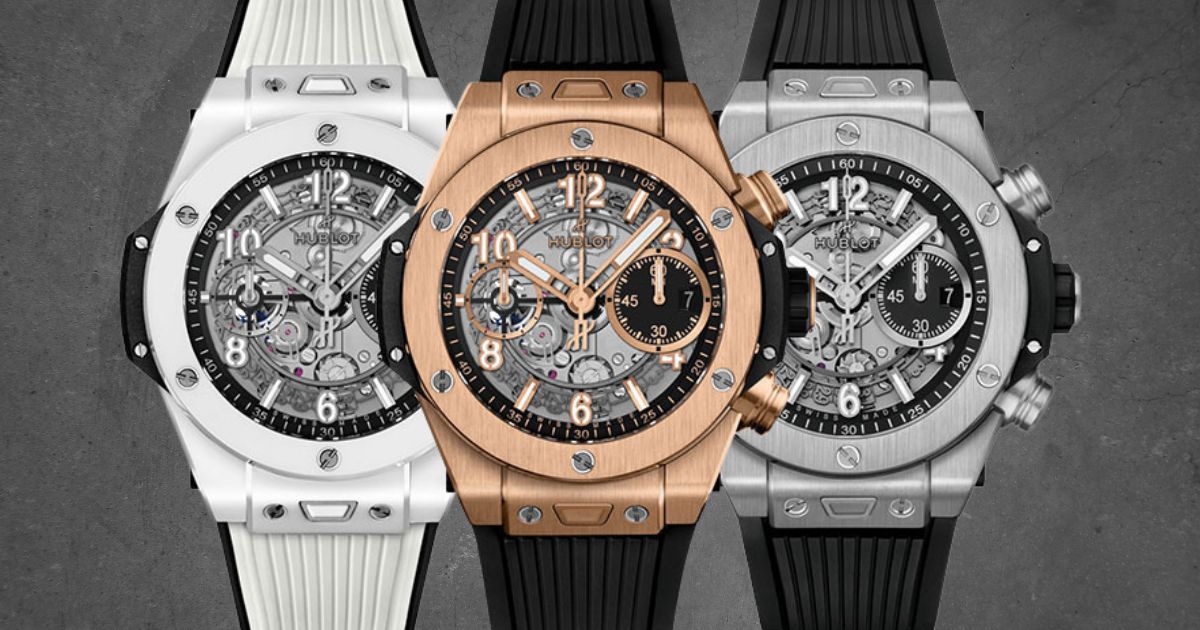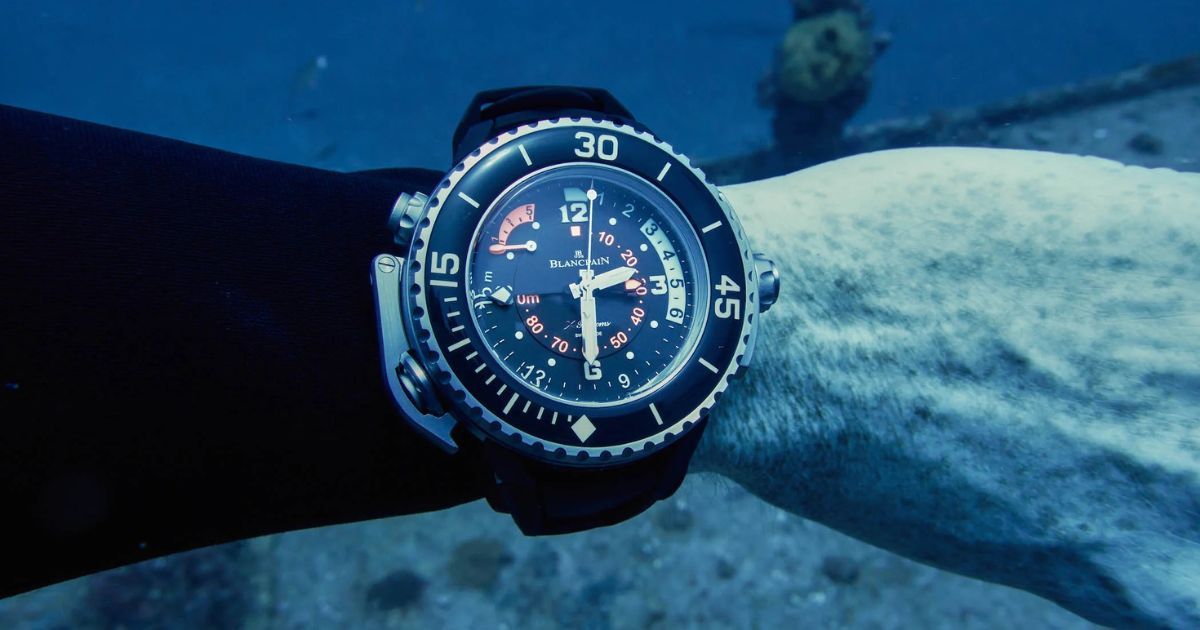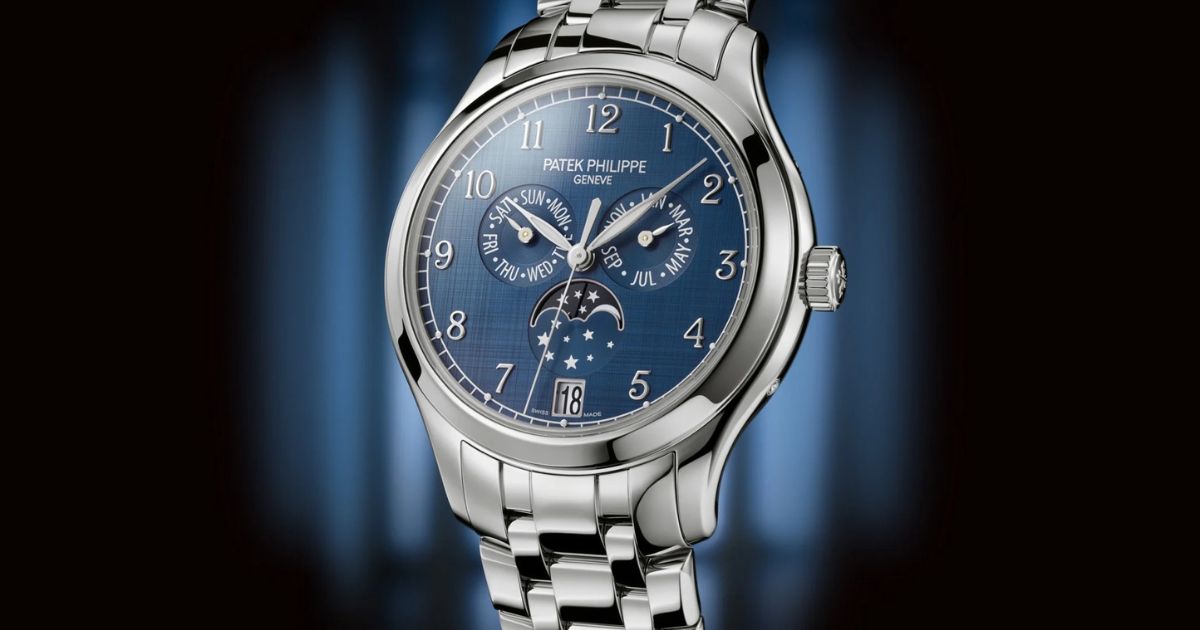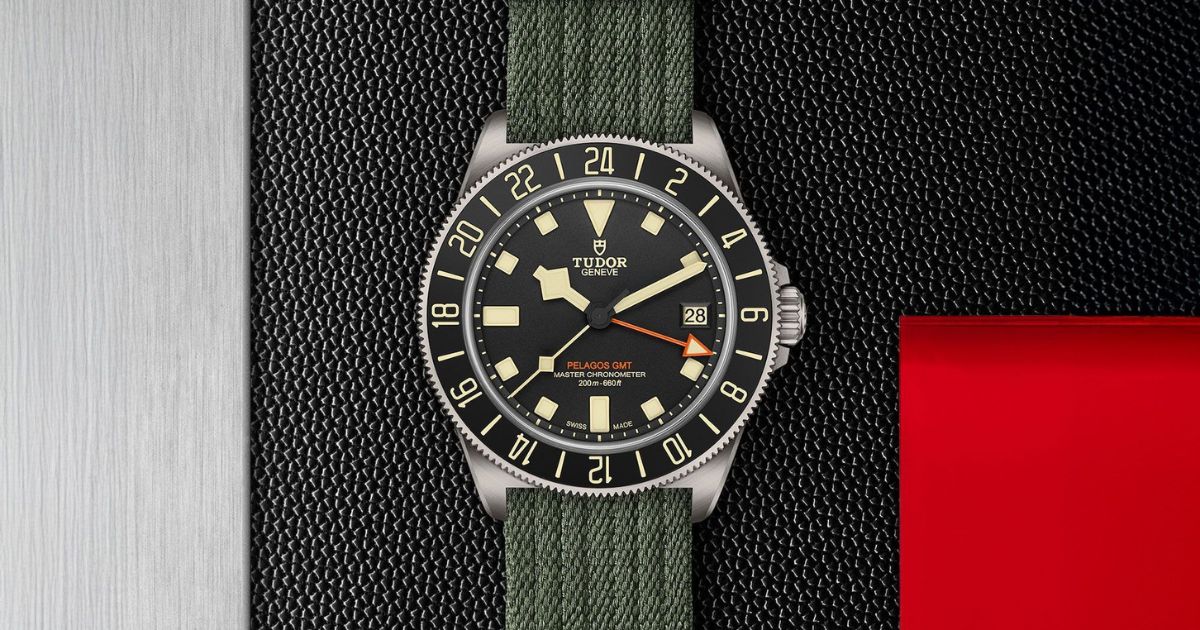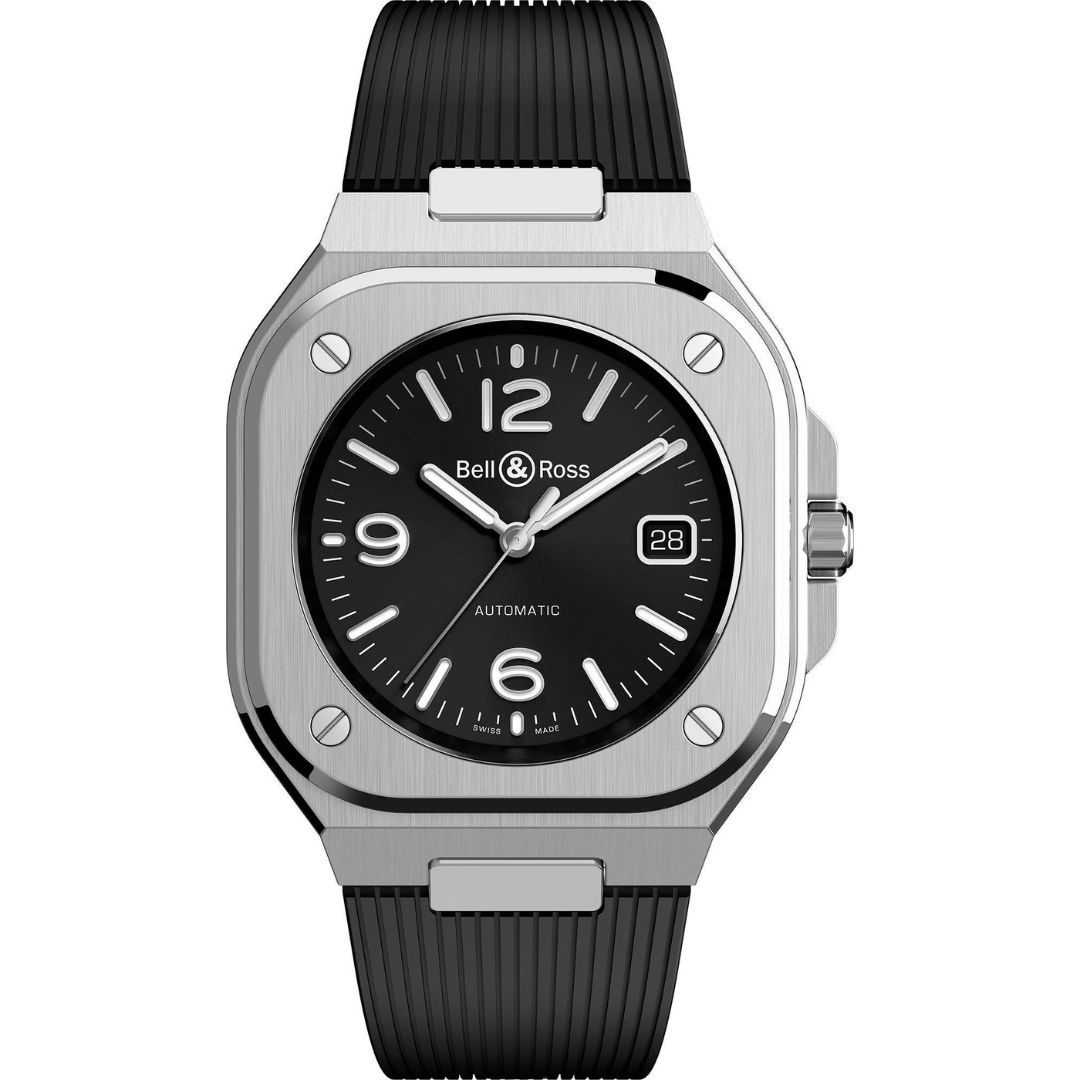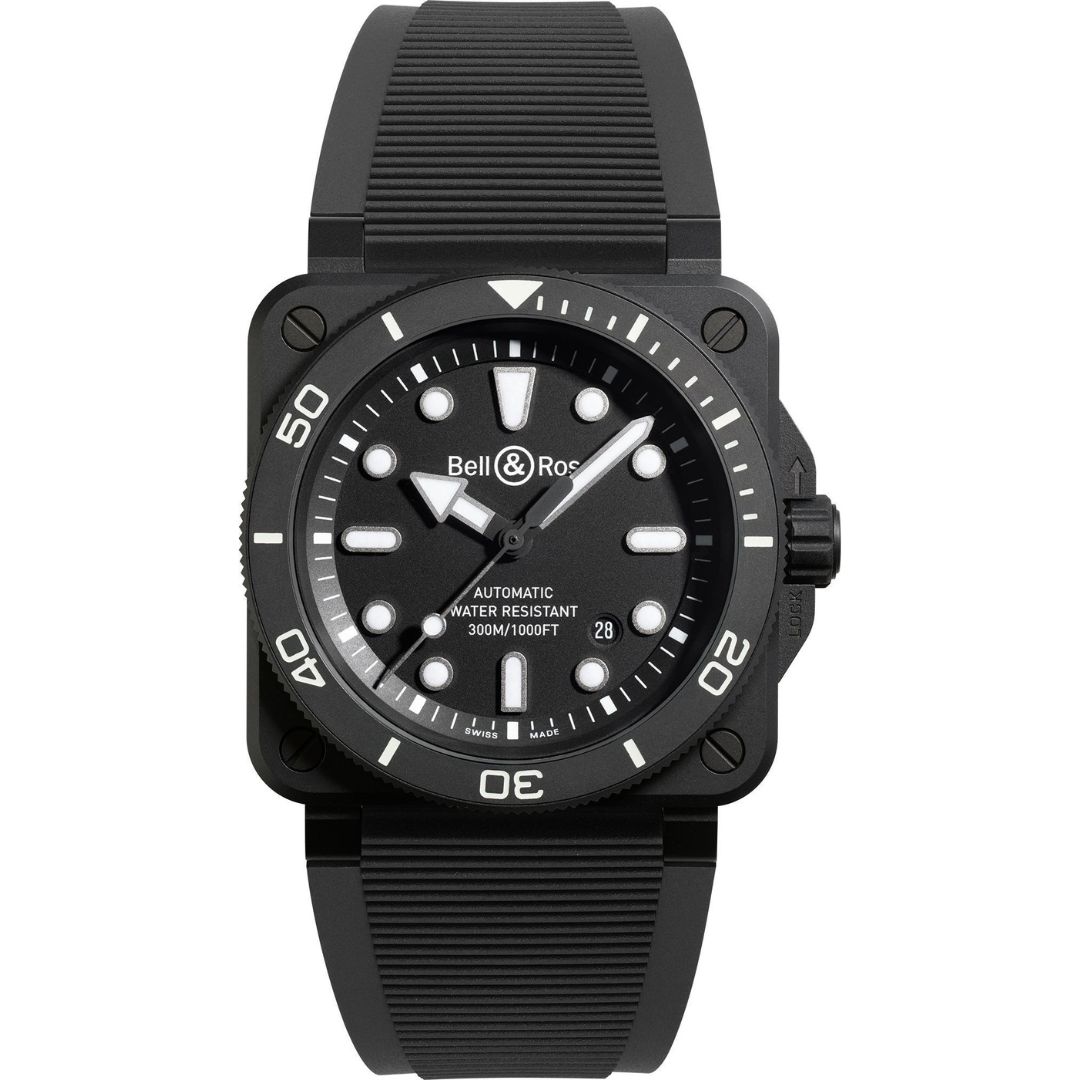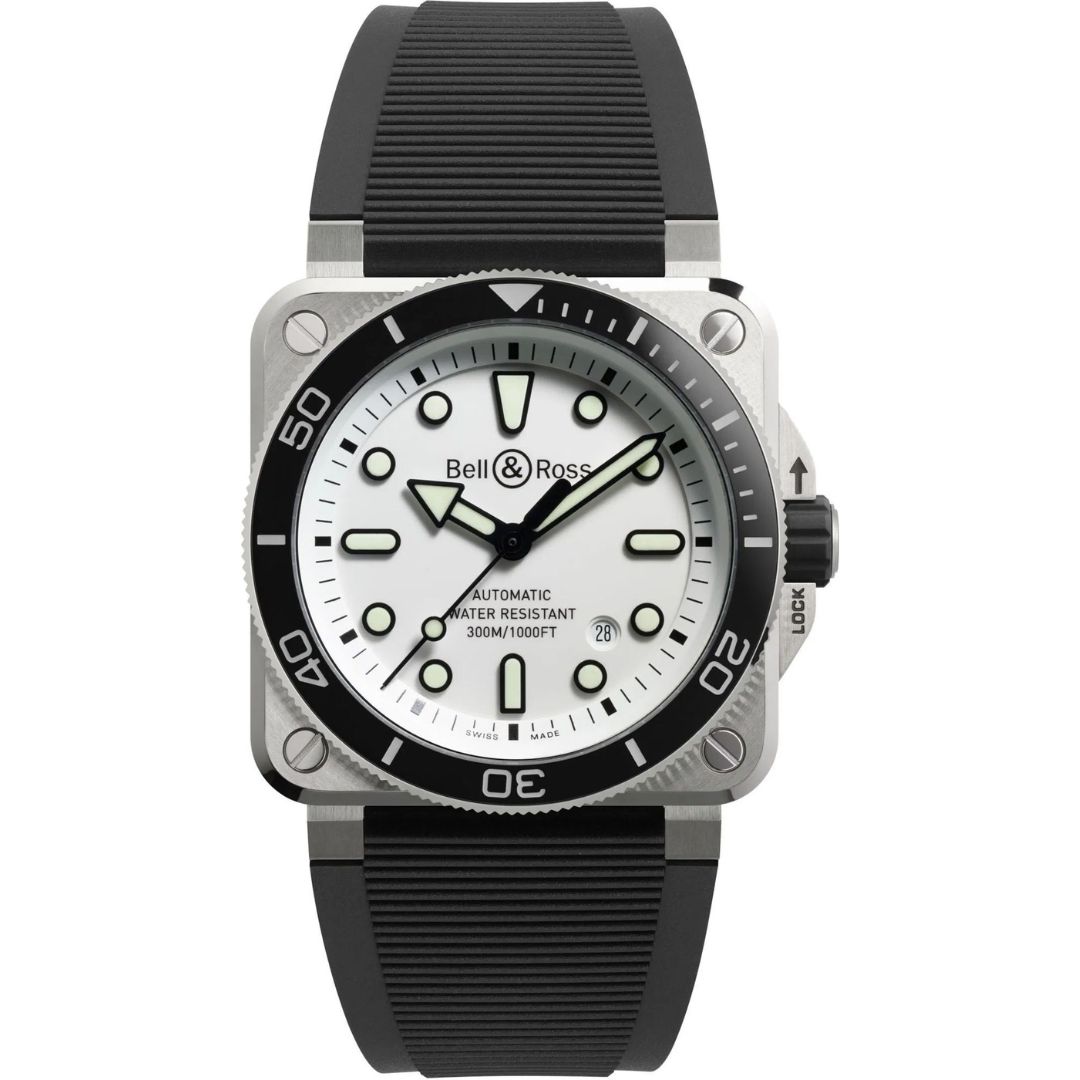When it comes to luxury watches, few names carry as much weight as Rolex and Patek Philippe. These two horological titans have built their reputations over centuries, not just as symbols of prestige and craftsmanship, but also as potent investment assets. The question many collectors and investors ask is: Which is the better investment—Rolex or Patek Philippe?
The answer is not as straightforward as it may seem. Both brands have their unique strengths and market dynamics, and choosing between them depends on several factors including investment goals, market trends, and personal preferences. In this in-depth blog post, we’ll break down the heritage, market performance, resale value, and collectibility of both Rolex and Patek Philippe to help you make an informed investment decision.
Brand Heritage and Prestige
Rolex, founded in 1905, is arguably the most recognized luxury watch brand in the world. Known for its durability, precision, and timeless designs, Rolex has become synonymous with success, adventure, and achievement. The brand’s models such as the Submariner, Daytona, and GMT-Master II are not just watches—they’re cultural icons.
Patek Philippe, on the other hand, was established in 1839 and is often regarded as the pinnacle of fine watchmaking. While Rolex focuses on tool watches and robust designs, Patek Philippe is revered for its craftsmanship, complications, and elegance. Timepieces like the Calatrava, Nautilus, and Grand Complications are masterpieces of haute horlogerie.
From a heritage perspective, Patek Philippe edges out Rolex in terms of historical significance and horological innovation. But Rolex’s broader appeal and global recognition give it an unmatched brand power.
Production Volume and Exclusivity
Rolex produces approximately 1 million watches annually, making it the most prolific luxury watchmaker. Despite the high volume, Rolex maintains exceptional quality control and consistency. However, the relatively higher supply compared to Patek Philippe affects its rarity, especially in the secondary market.
Patek Philippe is much more exclusive, with estimated annual production hovering around 70,000 watches. Many of these are handcrafted and include intricate complications. The brand’s low production volume enhances its exclusivity and supports stronger long-term value appreciation, especially for rare or discontinued models.
Verdict: Patek Philippe wins in exclusivity, which typically boosts investment value.
Market Demand and Popular Models
Rolex enjoys insatiable global demand. Popular sports models such as the Submariner, Daytona, and Pepsi GMT-Master II often command waiting lists at authorized dealers and sell for premiums in the grey market. For instance, the Rolex Daytona Cosmograph can retail for around $15,000 but fetch upwards of $30,000 on the secondary market depending on condition and scarcity.
Patek Philippe also has highly desirable models, particularly the Nautilus and Aquanaut. The Nautilus 5711, before its discontinuation in 2021, became a phenomenon, with resale values soaring over 300% above retail. Even post-discontinuation, newer references like the 5811/1G continue to command strong premiums.
However, outside these “hype” models, Patek’s dressier watches like the Calatrava don’t always appreciate as dramatically unless they are rare, vintage, or include complications.
Verdict: For short- to medium-term flips and steady resale performance, Rolex holds the edge. For long-term collectors seeking value in scarcity, Patek Philippe wins.
Resale Value and Price Stability
One of the most important factors in watch investment is resale value. Rolex watches tend to retain their value extremely well, with many models appreciating shortly after purchase. Limited production runs, strong branding, and global popularity contribute to this performance.
Patek Philippe watches, particularly steel sports models and complicated references, also appreciate in value, but they typically require longer holding periods to realize significant returns. The more niche appeal and higher price points can make liquidity slightly more challenging compared to Rolex.
Another consideration is market resilience. During economic downturns, Rolex watches tend to hold their value better due to their larger market and liquidity. Patek Philippe watches can experience more volatility in pricing, especially for high-end complicated models.
Verdict: In terms of liquidity and price stability, Rolex is generally the safer bet. Patek Philippe, however, can yield higher returns if you’re willing to wait.
Vintage and Auction Performance
The vintage market is where Patek Philippe truly shines. Some of the most expensive watches ever sold at auction are Patek Philippes. The Patek Philippe Grandmaster Chime Ref. 6300A-010 sold for a staggering $31 million in 2019, making it the most expensive wristwatch ever sold.
Vintage Patek chronographs and perpetual calendars routinely fetch six or seven figures at auctions. Meanwhile, vintage Rolex models like the Paul Newman Daytona and Double Red Sea-Dweller also perform extremely well but generally sit in the low to mid six-figure range.
If you’re looking at high-end vintage collecting or participating in auctions, Patek Philippe offers unparalleled upside potential.
Verdict: For auction and vintage collectors, Patek Philippe is king.
Investment Accessibility
Rolex is more accessible in terms of pricing. Entry-level models like the Oyster Perpetual or Explorer can be purchased for under $10,000. This makes Rolex attractive for newer investors or those looking to diversify their luxury portfolio without a massive capital outlay.
Patek Philippe, however, starts at a much higher price point. The entry-level Calatrava typically begins around $25,000, with sports models like the Nautilus easily crossing $50,000–$100,000.
Verdict: For accessible investing and entry-level collection, Rolex wins.
Market Trends and Future Outlook
In recent years, the surge in luxury watch investing has been fueled by scarcity, social media hype, and growing interest in tangible assets. While Rolex and Patek Philippe both benefit from this trend, Rolex has managed to grow its appeal across demographics, from young professionals to seasoned collectors.
Patek Philippe continues to position itself as an ultra-luxury brand with limited availability and high craftsmanship, appealing to a more niche collector base.
The discontinuation of models (e.g., Nautilus 5711, Rolex Milgauss) often triggers spikes in demand and value, and keeping track of these changes can lead to high returns.
That said, investors should be cautious. The luxury watch market is not immune to macroeconomic factors. Interest rates, inflation, and shifts in discretionary spending can all impact resale values.
Verdict: Both brands remain strong, but Rolex may offer more resilience in fluctuating markets.
Emotional vs. Financial ROI
Lastly, a luxury watch is not just an asset—it’s a personal item, worn and appreciated daily. While investment returns matter, so does emotional value. A Rolex Submariner might serve as a versatile, daily wearer that holds value. A Patek Philippe Grand Complication may offer emotional satisfaction from its artistic and mechanical sophistication.
As Patek’s advertising famously states: “You never actually own a Patek Philippe. You merely look after it for the next generation.” That sentiment often resonates with investors who value legacy and heritage.
Final Verdict: Rolex or Patek Philippe?
| Category | Winner |
|---|---|
| Brand Recognition | Rolex |
| Exclusivity | Patek Philippe |
| Resale Value and Liquidity | Rolex |
| Vintage/Auction Performance | Patek Philippe |
| Investment Accessibility | Rolex |
| Long-Term Appreciation Potential | Patek Philippe |
| Market Stability | Rolex |
Conclusion
There is no single “better” investment between Rolex and Patek Philippe—only the better fit for your goals.
- If you’re looking for a reliable, liquid asset that holds value with broad appeal and a lower barrier to entry, Rolex is the way to go.
- If you’re a long-term collector willing to invest in rarity, exclusivity, and artistic craftsmanship, Patek Philippe offers unmatched prestige and appreciation potential.
Ultimately, the best investment may be to own both—and enjoy the journey as your collection grows in both beauty and value.



